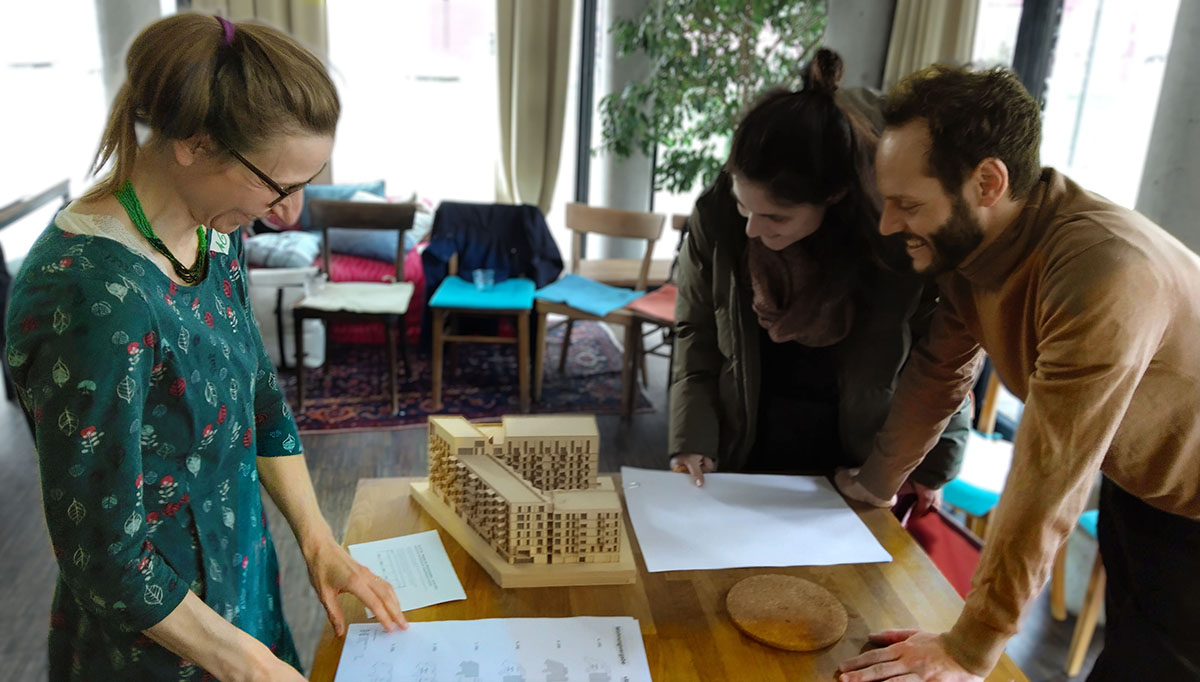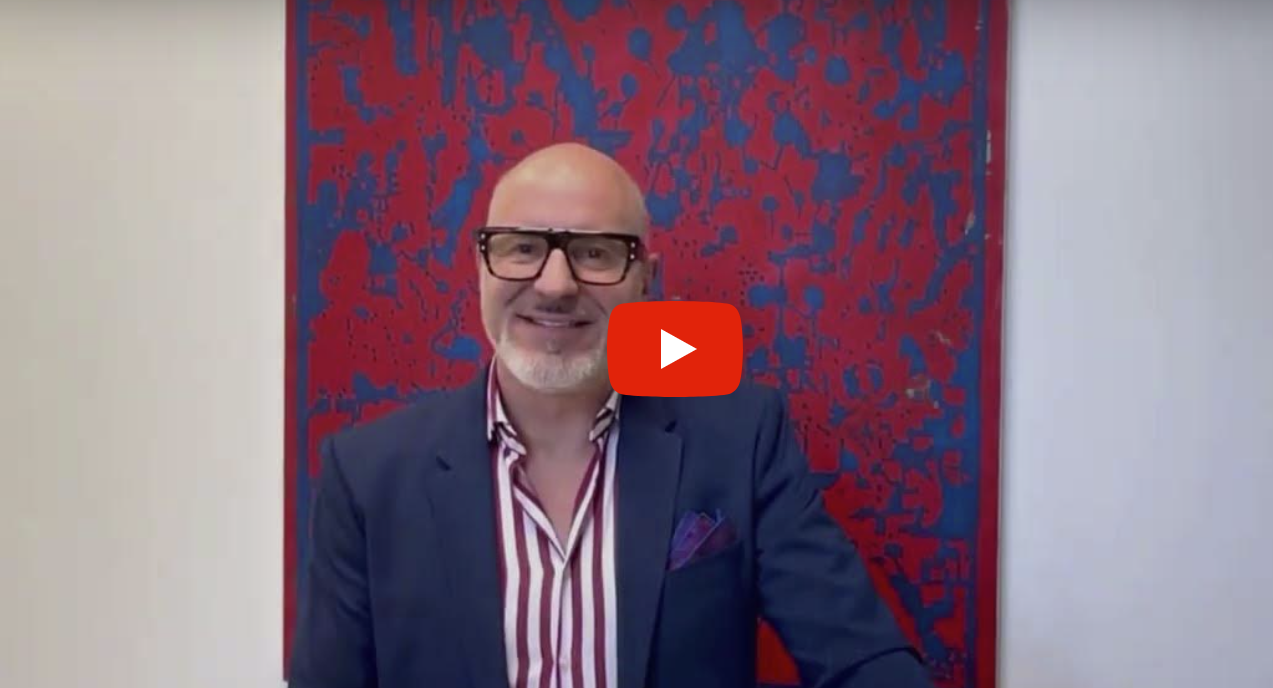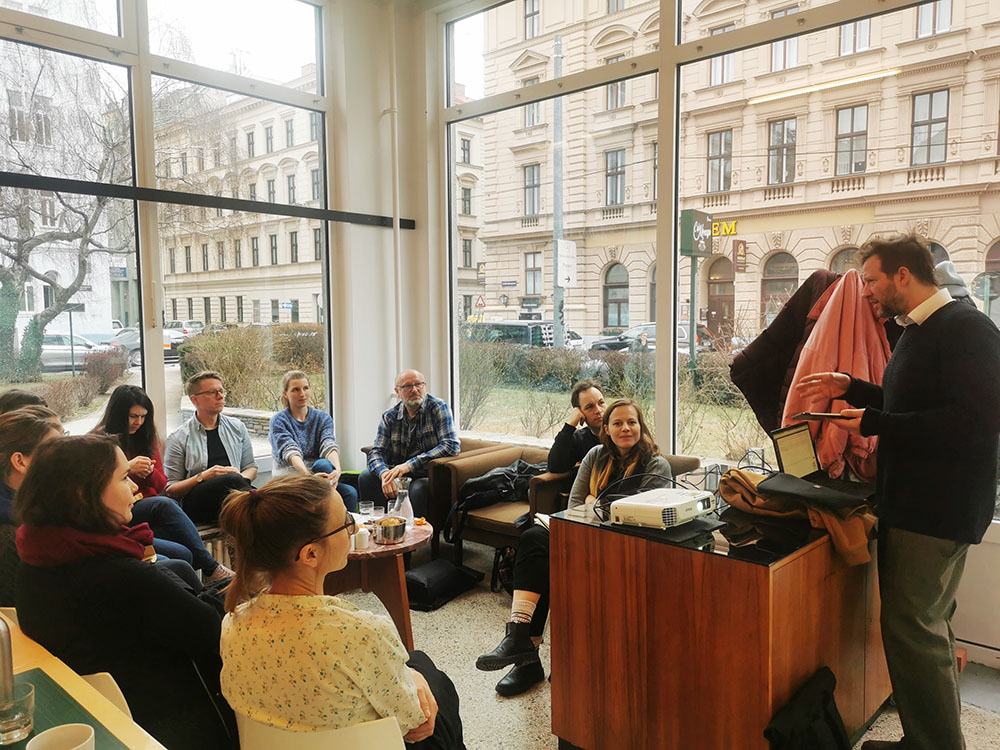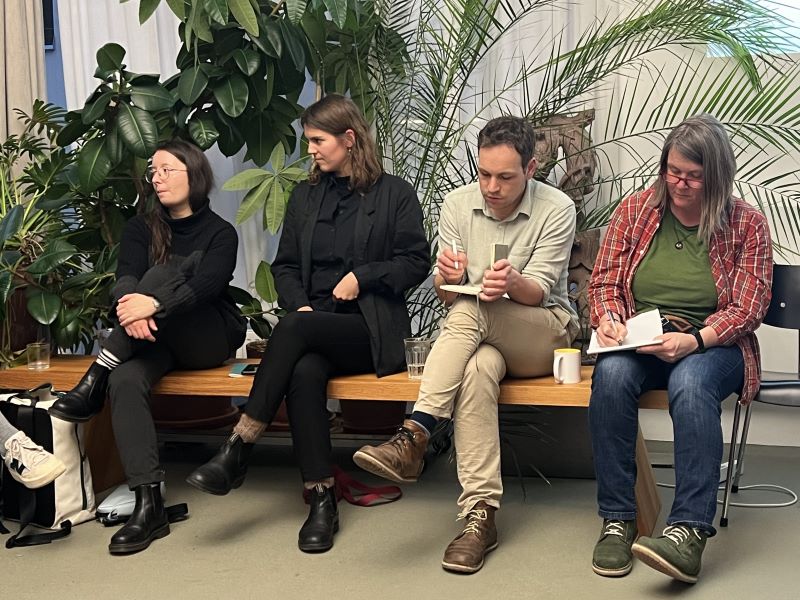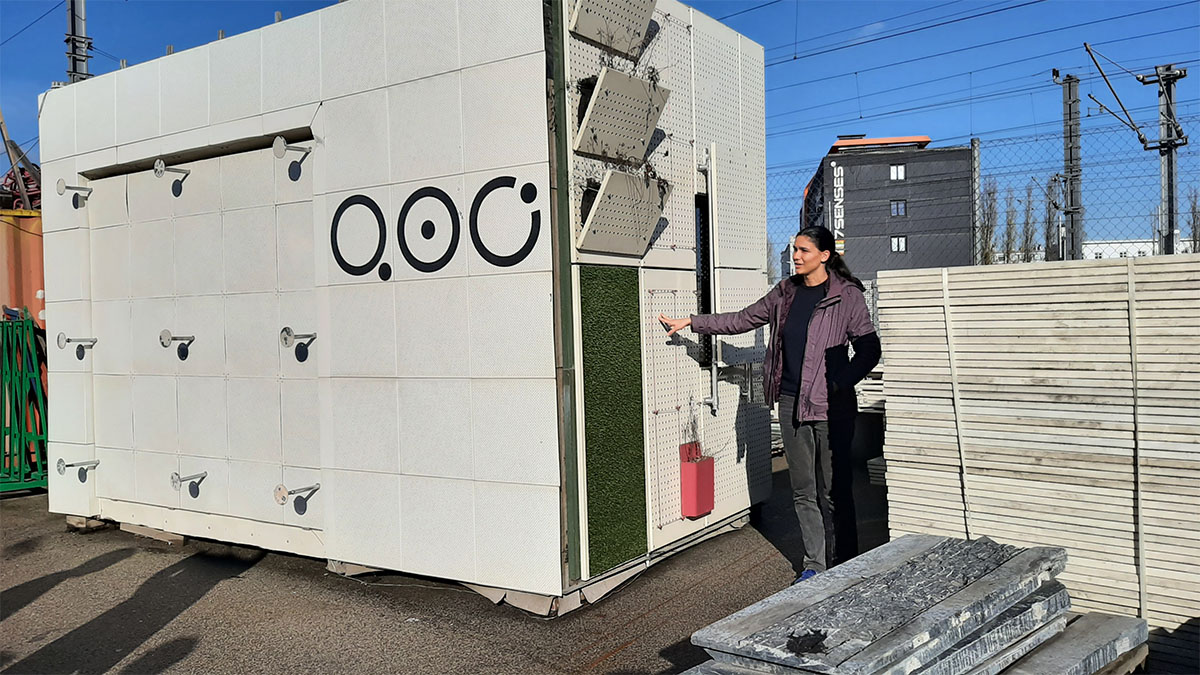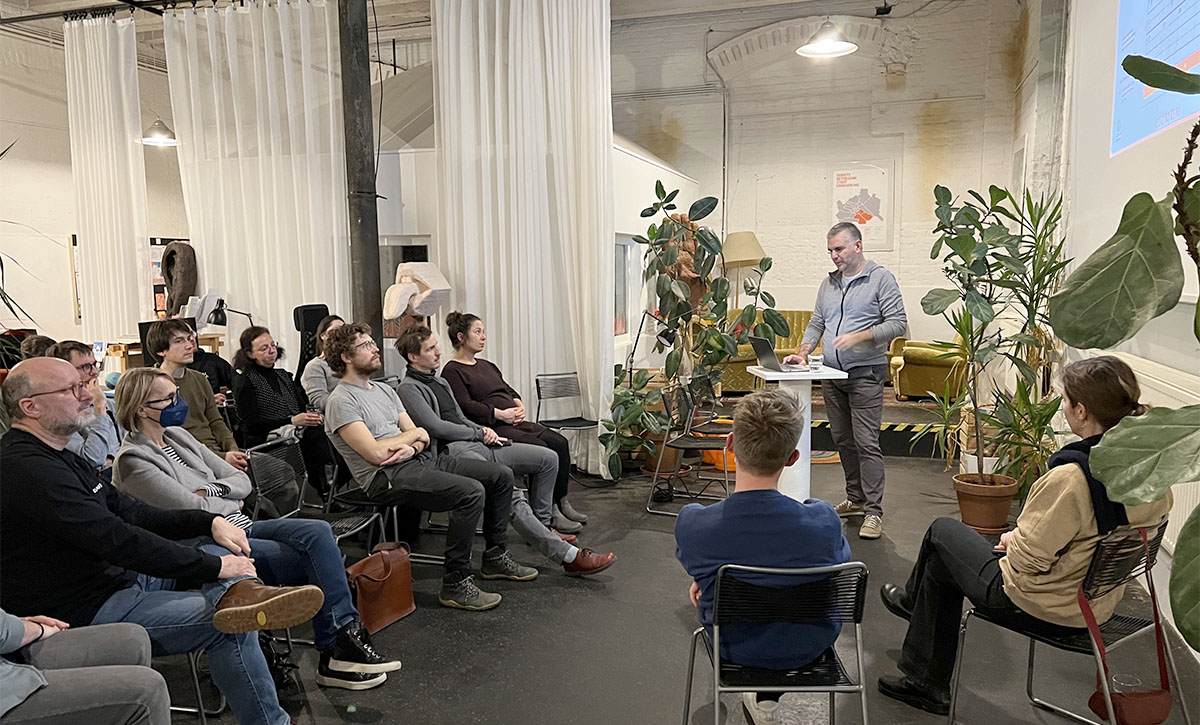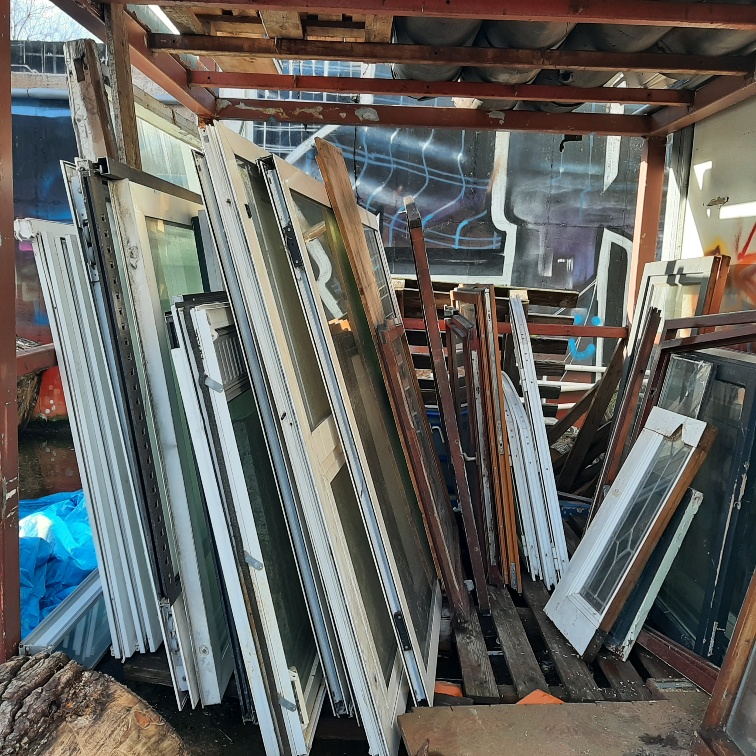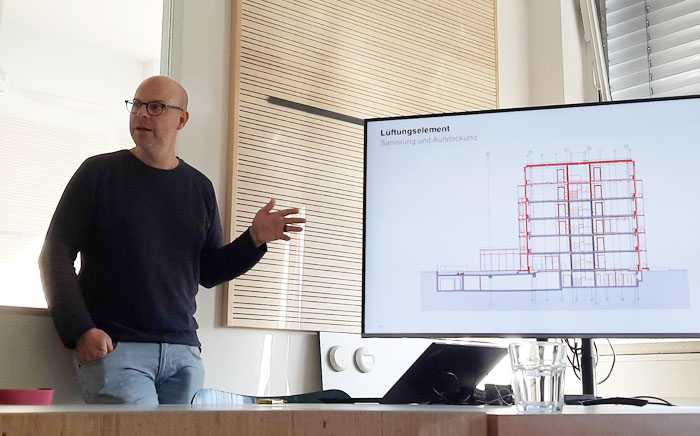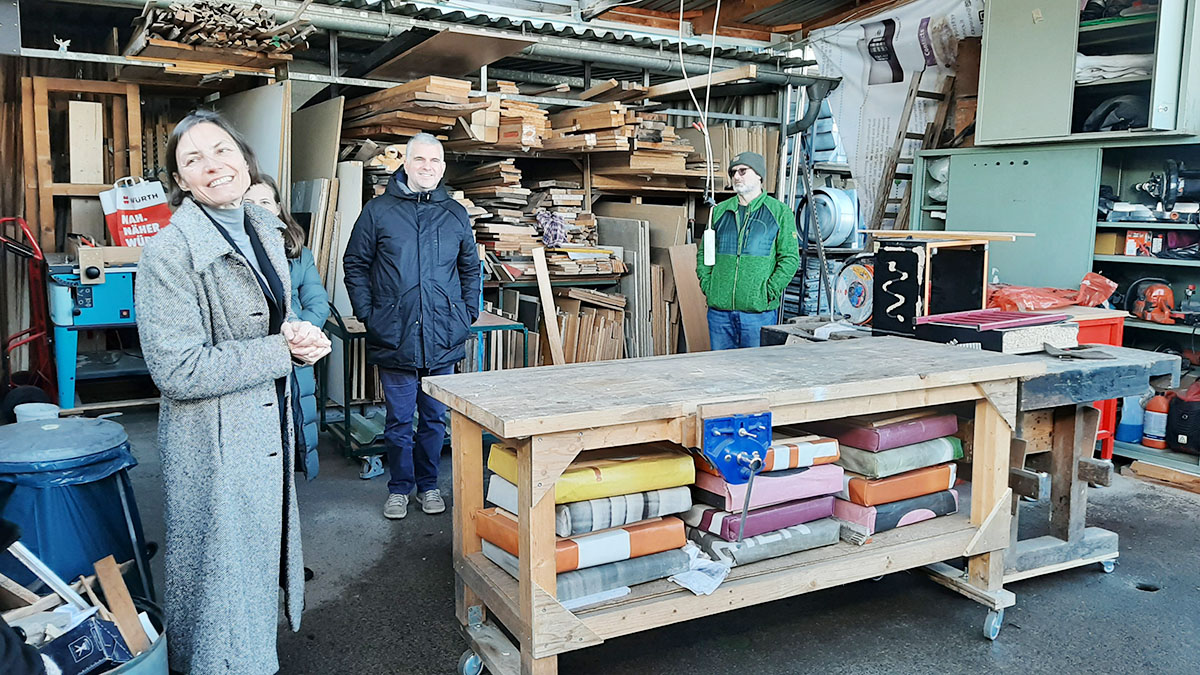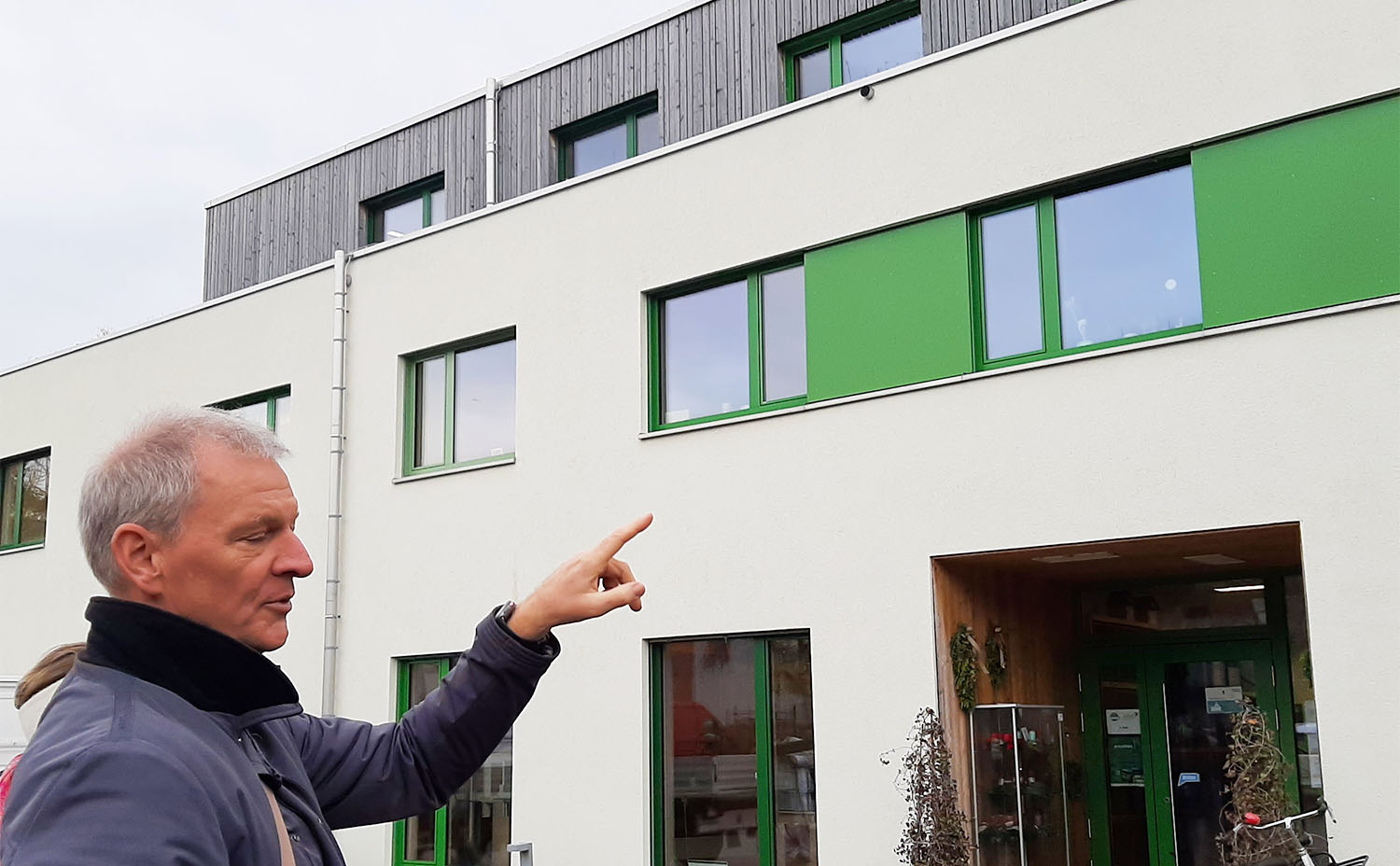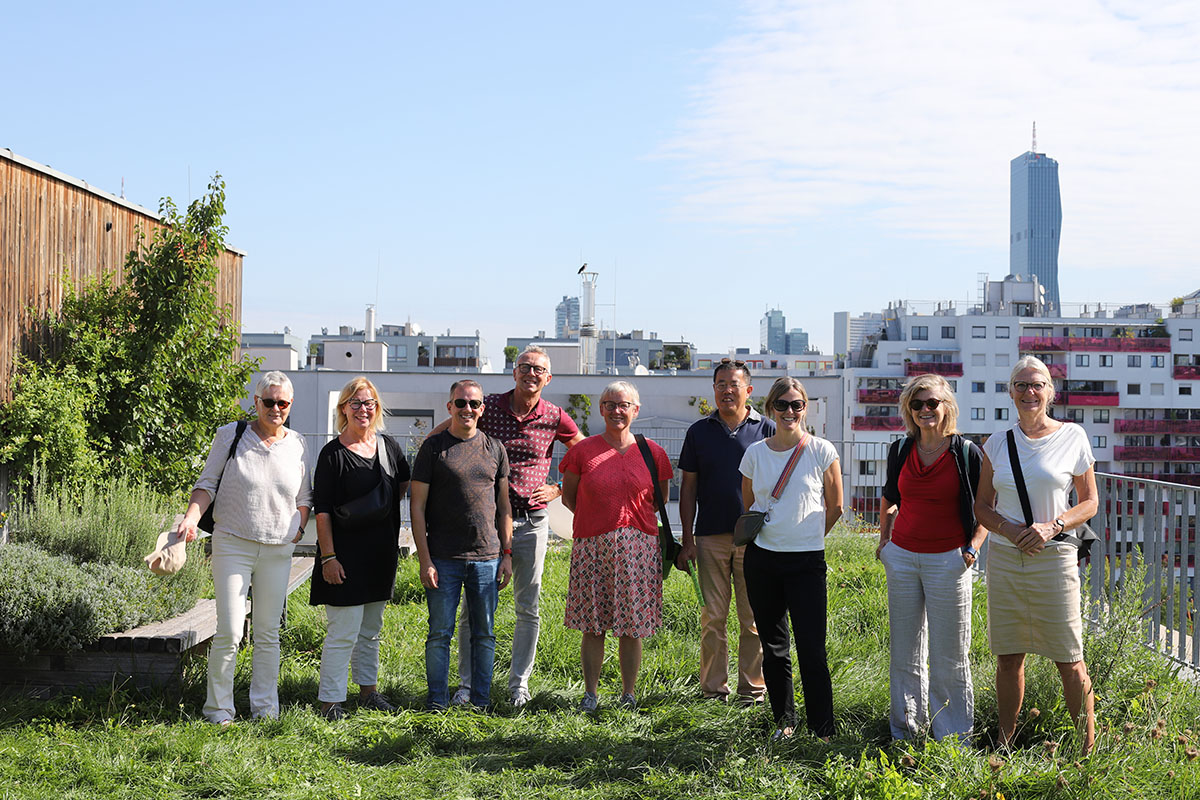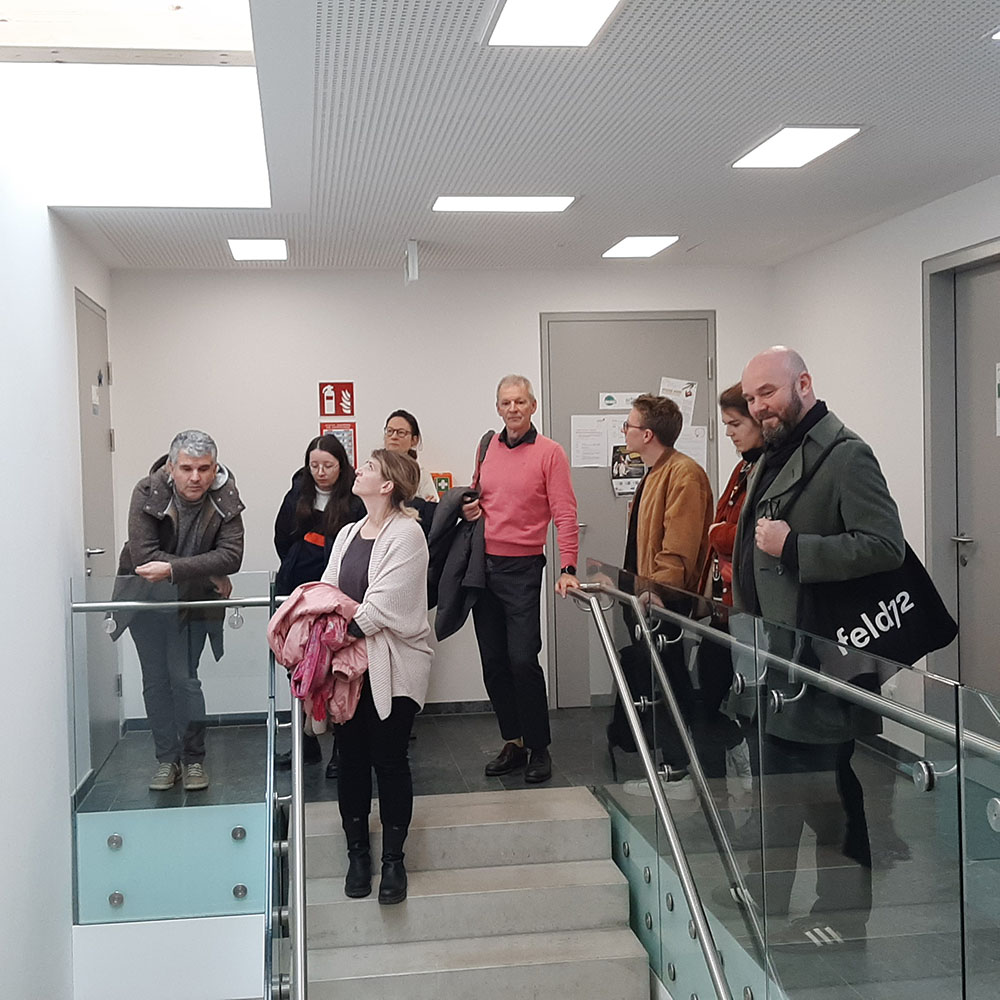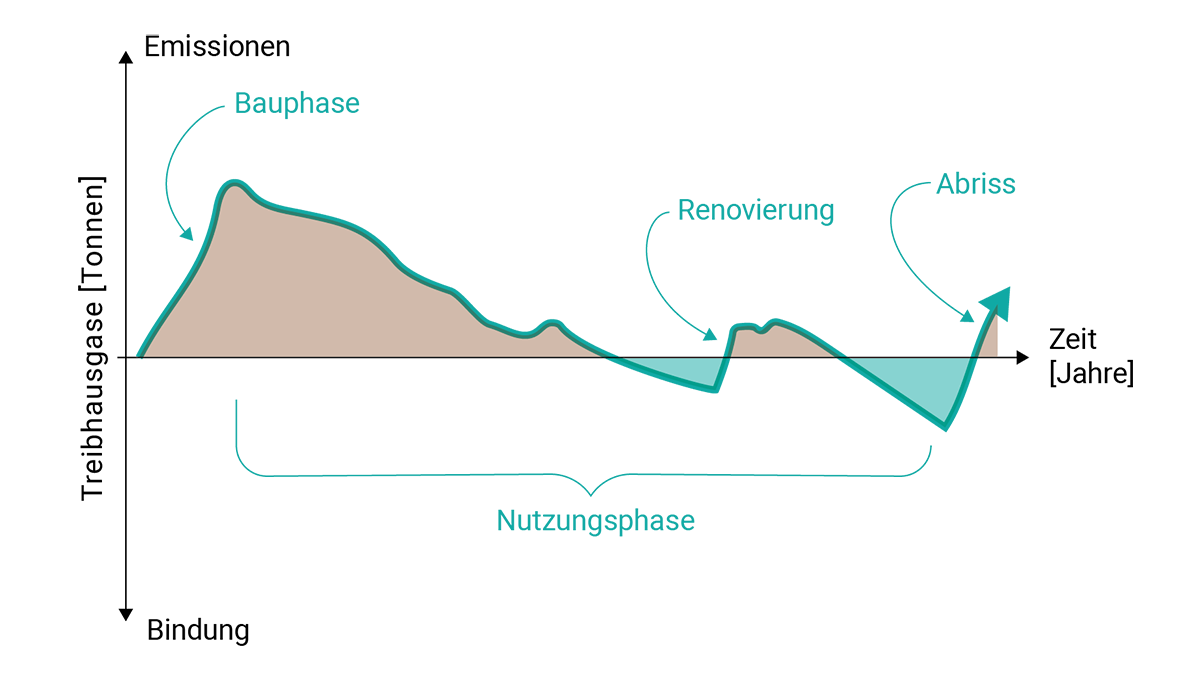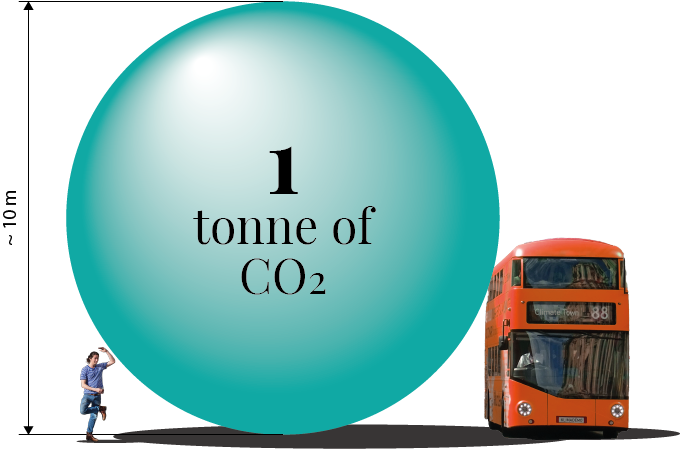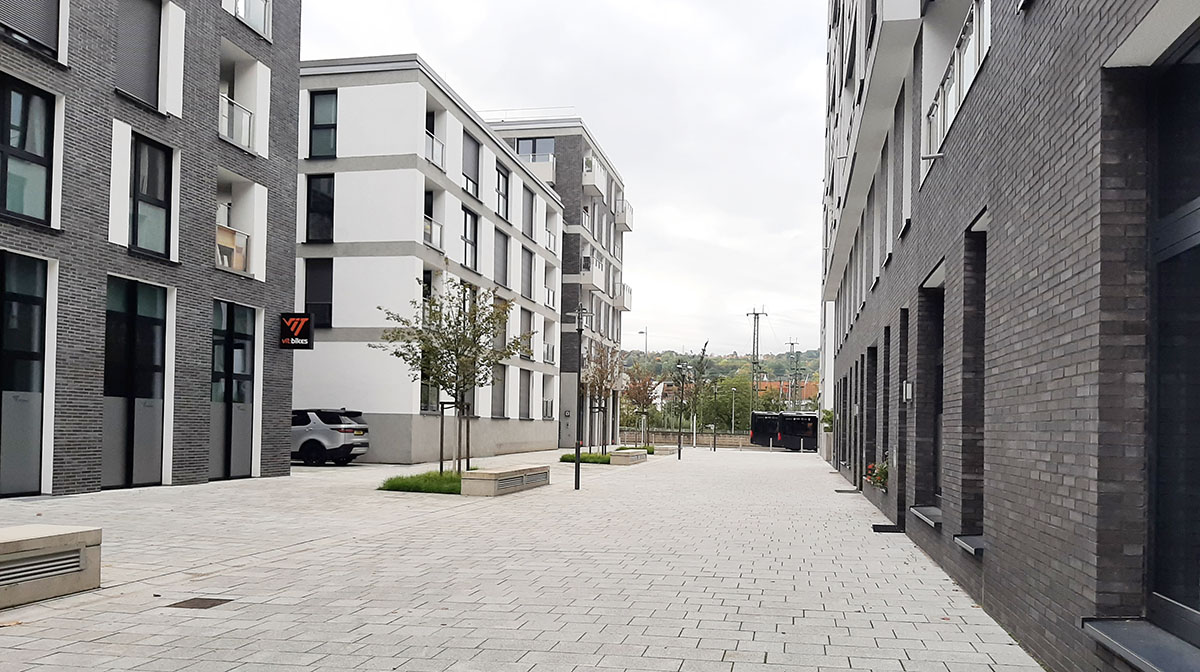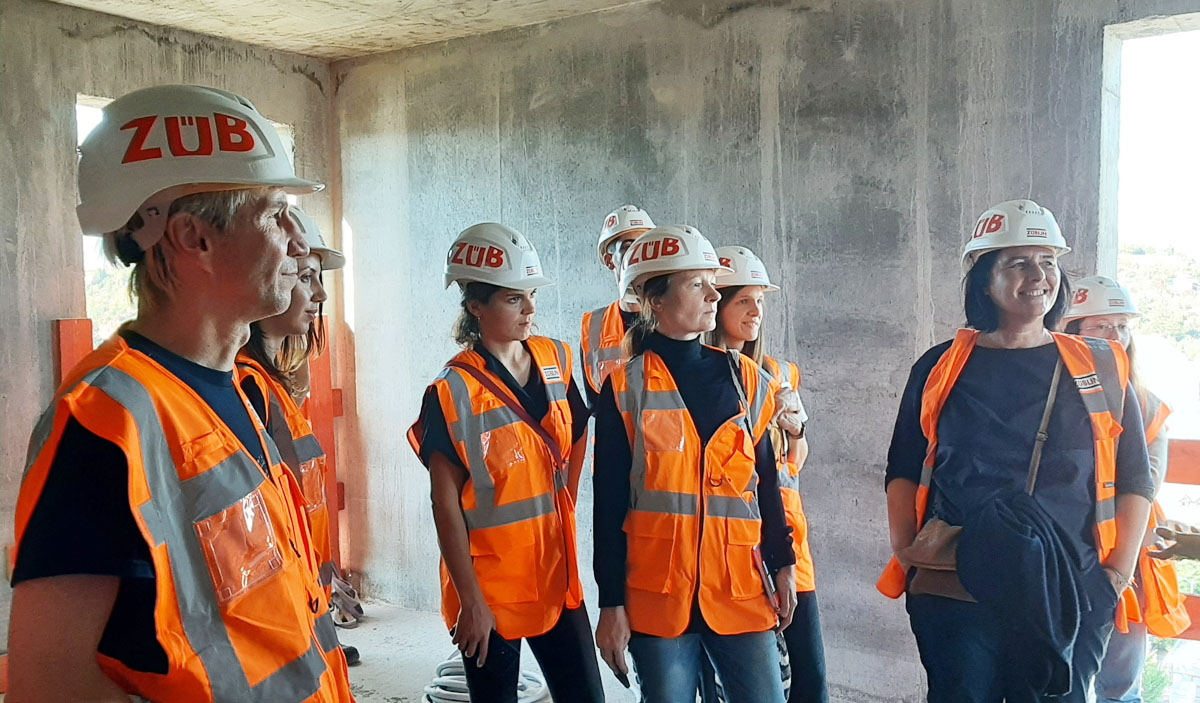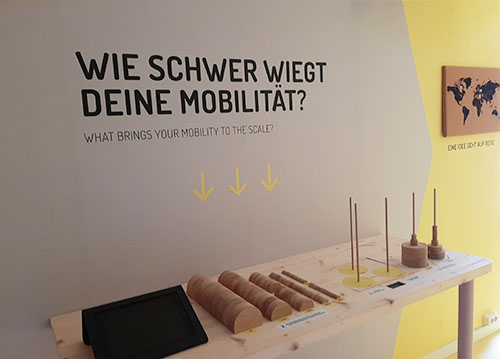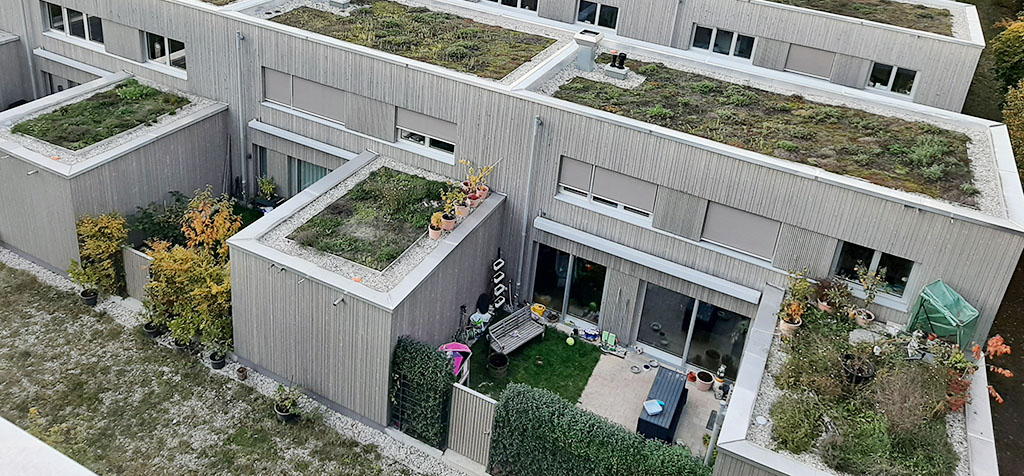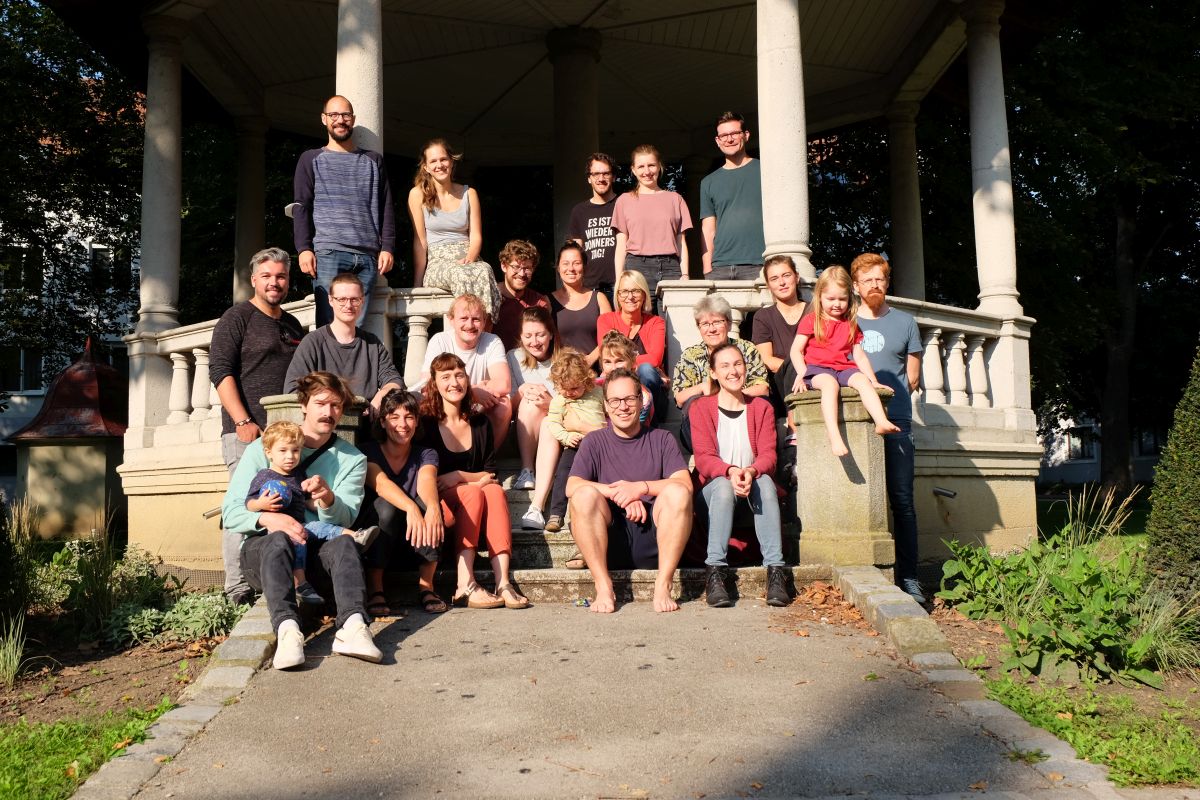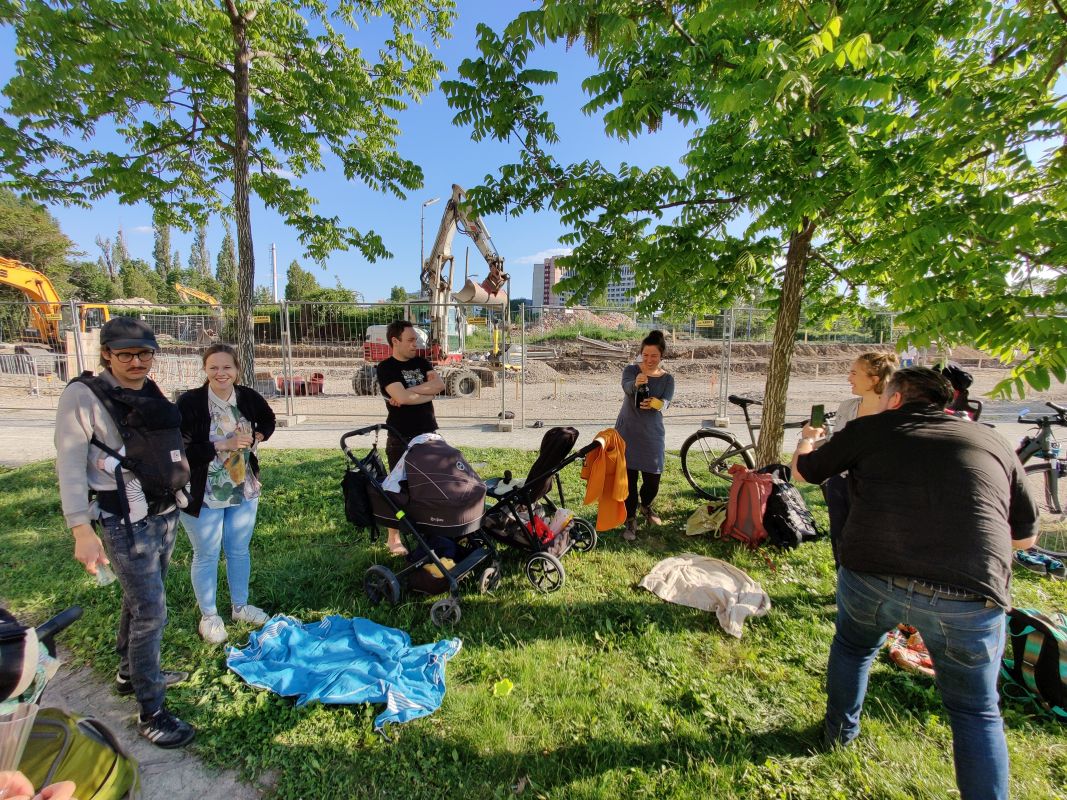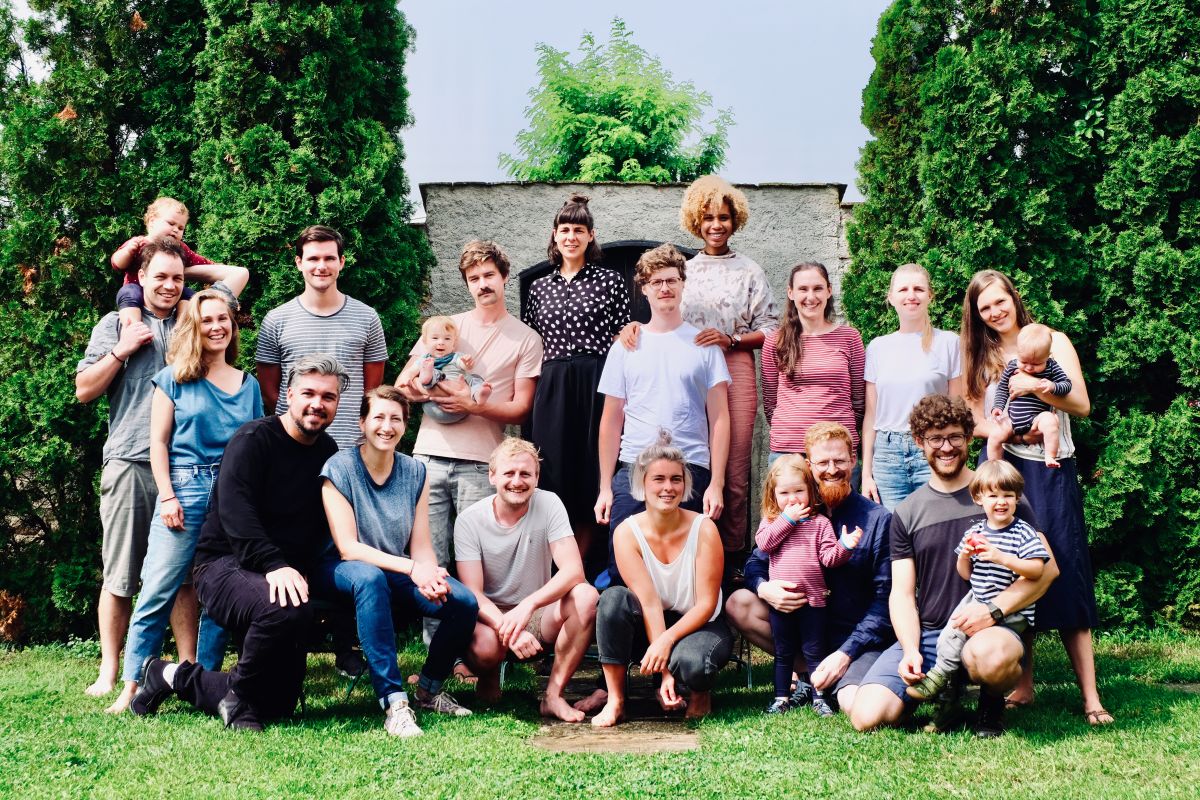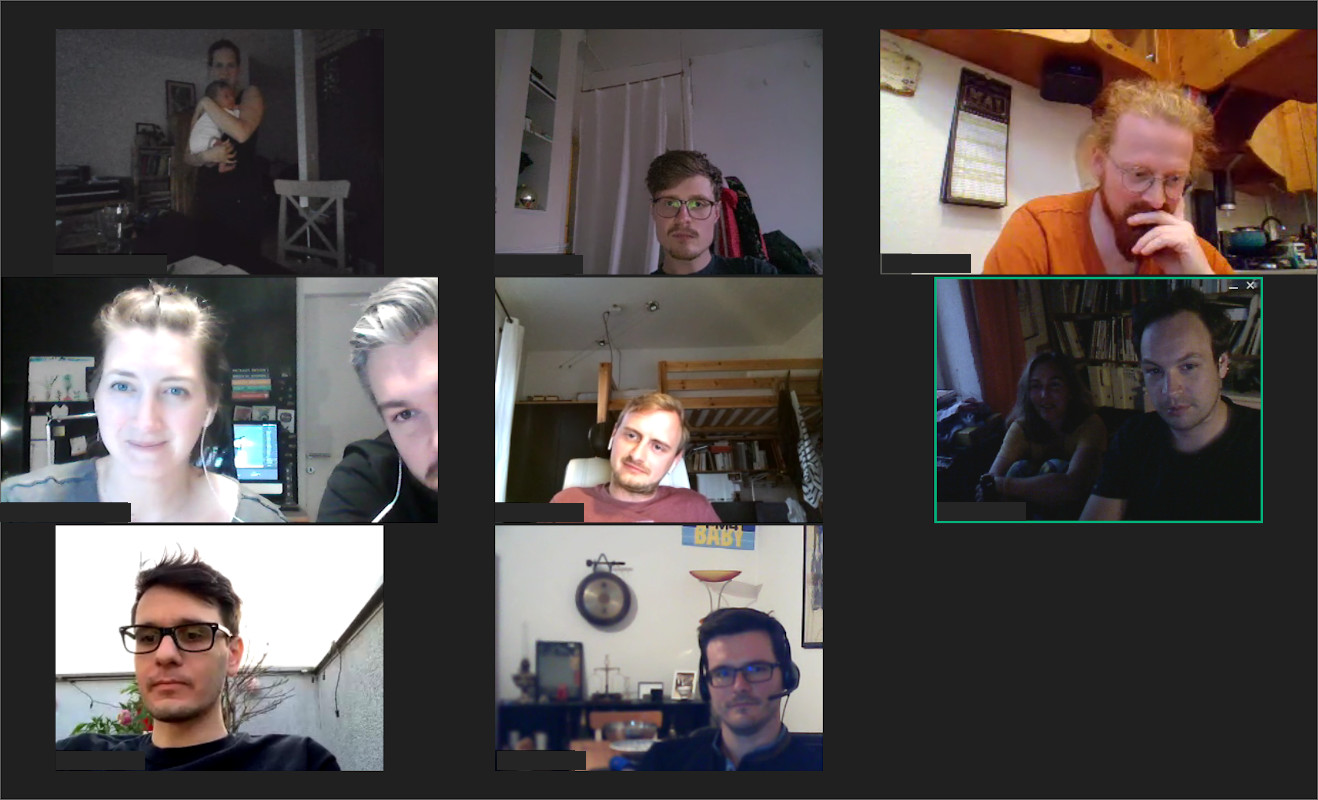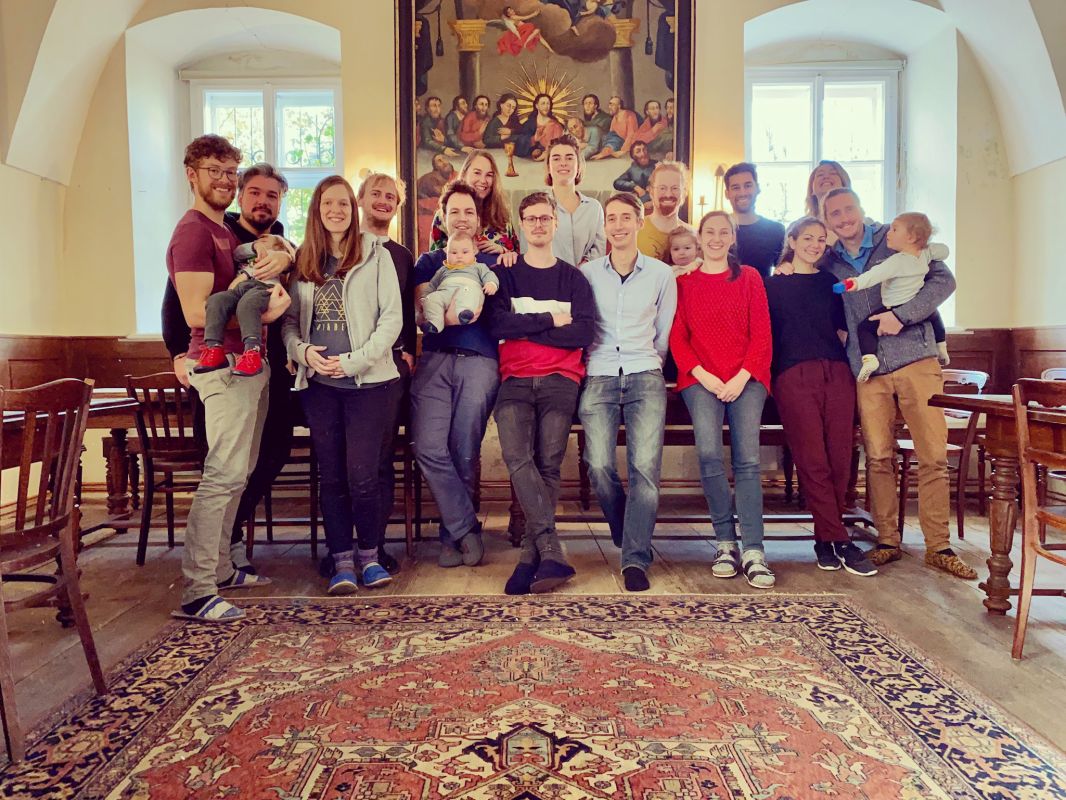Climate neutrality – even before you move in
Avoiding the climate burden of construction
A visit to MaxAcht
Most measures in climate neutrality are about what to do when the building is there already, taking the initial CO₂ production in transport, materials and construction as a given. A much more ambitious approach is to build in such a way that this initial burden is as low as possible, or zero. In Stuttgart, Germany, we visited a project which has done just that; MaxAcht in the Olga grounds (this link to the website of the architect is in German, but the pictures give a good impression). At first sight it looked incomparable to our situation: free financed housing with four floors only. But in terms of process and thinking, there were a lot of new insights. The central idea was that the users cannot influence the initial CO₂ burden anymore. Therefore it is the responsibility of the ones who plan and build, to make sure that in this stage there is as little transport and waste as possible. An entire new way of thinking about building is needed.
Fun fact one: the name MaxAcht came from the idea that the group should not be too large: a maximum of eight apartments. The flexibility of the group is shown by the fact that it is now eleven flats plus a community space. The house will reflect the way the group is, one of the members said, and surely it has become a lovely house.
Keeping the apartments small was a deliberate design decision. Gains in energy efficiency are lost if we use more and more space. We learned that the average German uses 47 square meters of housing space. This increases by half a square meter per year. So the first step towards climate neutrality was in reducing the surface of the apartments as much as possible, on the entrance and corridors for instance.
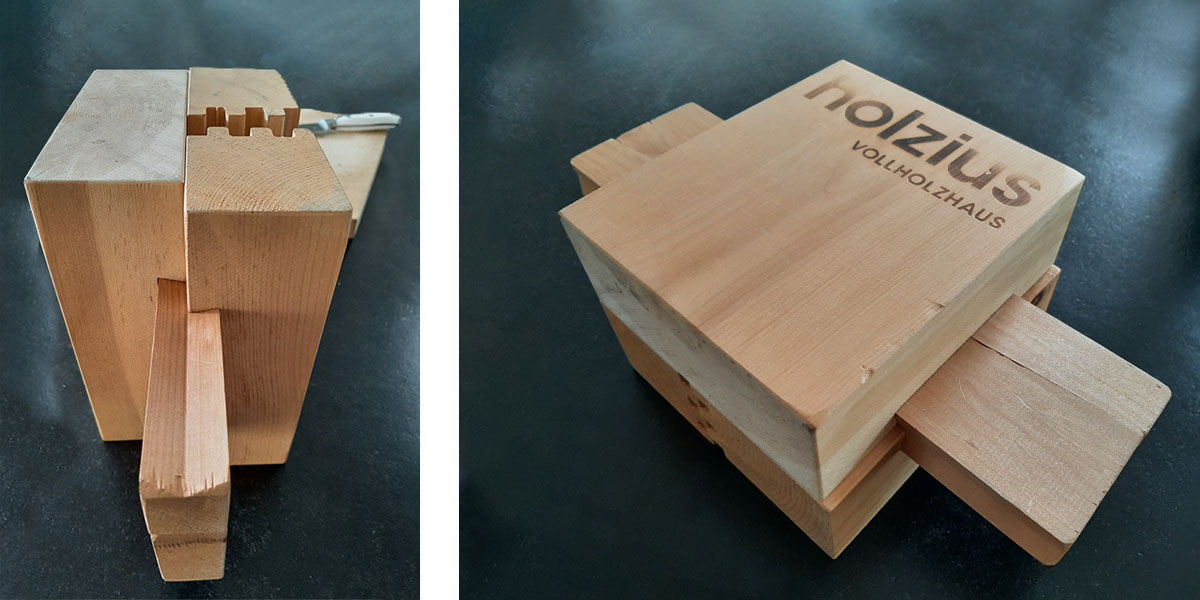
Samples of the glue-free construction system. Photos: Vis-à-Wien
Second step towards climate neutrality was the use of local, natural building materials and making sure that the techniques used allow for changing the flat over time. A smart construction system was applied that does not use glue – unlike normal cross laminated timber constructions. (The website of the producer is in German and Italian only.)
Using wood; not just for reaching a good climate score
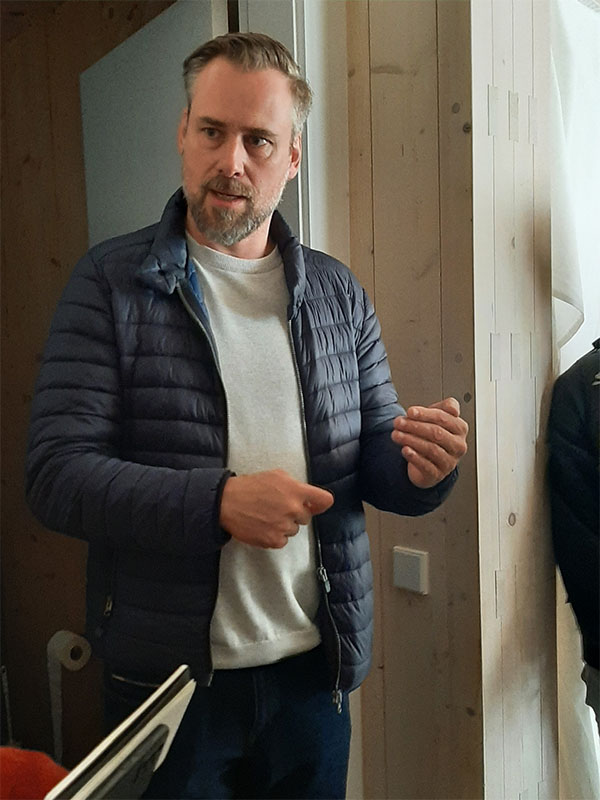
Solid wooden floors and walls create a nice and warm feeling. Apparently the wooden wall feels so pleasant, that having the heater a degree lower is possible without being uncomfortable. Applauding the good effects of wood on the climate in the home sounds a bit esoteric, but – according to our host – there is proof that there is something in wood that calms you down. Old knowledge about cutting down trees in January rather than August, or not using the wood upside down actually makes sense when you look at the cellular structure and processes that go on in the wood. Old wooden houses have been standing for hundreds of years.
We are now beginning to gain respect for the knowledge related to building in wood. And projects like this help updating that knowledge and standardizing it for use in modern day constructions. We were convinced already that we want our house to be built in wood as well. During this visit we realized once more why.
Excursion key data:
Date: 06.10.2022
Location: MaxAcht, Olga, Stuttgart, Deutschland
Guides/Experts: Oliver Hilt, architekturagenturAnni und Klaus, residents





